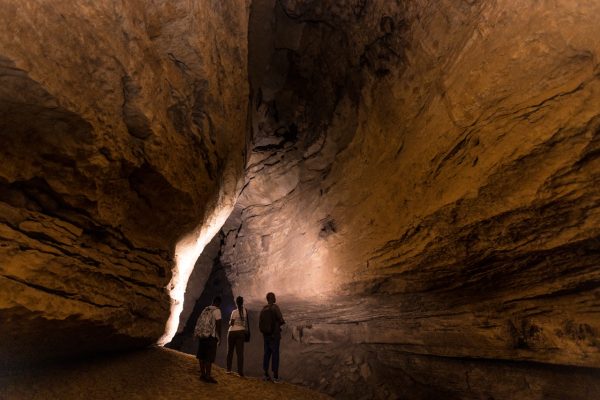The Kingdom of the Antakàrana refers to the territory traditionally associated with the Antakàrana ethnic group, whose name means “those of the rocks” or “those who live among the rocks.” The Antakàrana are a people from northern Madagascar, known for their distinctive traditions closely linked to their rocky natural environment.
Their kingdom is situated in the far north of the island, around the towns of Ambilobe and Antsiranana (formerly Diego Suarez). According to stories passed down by local guides, the Antakàrana have long inhabited the Tsingy regions, and their authority once spanned from the Mitsio Islands in the west to Vohémar in the east, including Cape Amber in the north and the Tsaratanana Massif in the south.
At the beginning of the 19th century, when King Radama I of the Merina kingdom launched a campaign to conquer the north of the island, the Antakàrana king and part of his people took refuge in the caves of the Ankàrana Massif. This episode left a lasting impression and is said to explain why, even today, the Merina are not allowed to enter certain sacred areas of the massif.
In 1841, the Antakàrana sealed an alliance with the French to repel the Merina offensives. This agreement played a role in paving the way for the colonization of Madagascar by France.
Today, Antakàrana society remains deeply rooted in its customs. It maintains a strong attachment to traditional kingship and elaborate funeral rites, often carried out in caves or on rocky sites regarded as sacred. This kingdom is located in a culturally rich region and stands as a living example of Madagascar’s cultural and political diversity.






